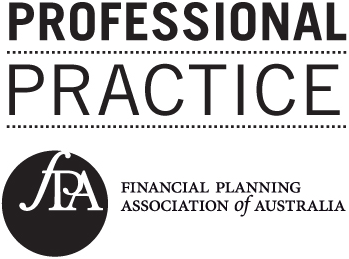Statistics show SMSFs not just for the rich
The latest data reflecting the current position of the SMSF market has indicated these types of retirement saving structure are not purely the domain of extremely wealthy individuals as is often thought, the SMSF Association has said.

The most recent figures pertaining to the sector reveal there are currently 592,658 SMSFs servicing 1.12 million members. The average assets per member stand at $599,265, with the average assets per fund being $1.12 million.
However, the median statistics reflect a slightly different picture, with the median assets per member standing at $362,280 and the median assets per SMSF currently coming in at $641,983.
When examining the data to glean a more accurate assessment of the sector, SMSF Association head of policy Jordan George said more consideration needs to be given to the median statistics over industry averages.
“I think often when we talk about SMSFs the median figures actually are a bit more instructive because those average figures tend to get distorted a bit by some very large funds we do have in the SMSF sector,” George noted.
“So I think [the median statistic] is an important figure to look at when we’re having debates around SMSFs being superannuation vehicles just for the very wealthy or the very high income earners.
“The important statistics are those median figures and they do show [there is] around $360,000 per member or $640,000 per SMSF, [and this does not indicate they are] a vehicle for very high net worth people and a lot of our SMSF members who would be in retirement phase would potentially be relying on a part pension to supplement their SMSF income.”
With regard to the make-up of SMSF members, gleaned from the 2016 income year, George indicated there was significance in how many were close to retirement.
“There is a very significant number of members aged from 55 to 69. What we’re looking at there is over the next 15 to 20 years there is a significant proportion of SMSF members, just over 40 per cent, who are in retirement phase already or will be moving into retirement phase,” he said.
“That shows that the sector is ageing in terms of its demographic and it’s an important consideration for advisers to remember that the sector is going to have a far greater focus on retirement income over the next 10 to 20 years and we need to think about the challenges that come with that.”
Darin Tyson-Chan
July 24, 2018
smsmagazine.com.au
Latest eNewsletters
Hot Issues
- AI exuberance: Economic upside, stock market downside
- Becoming a member of an SMSF is easy, but there are other things that need to be considered
- Investment and economic outlook, November 2025
- Move assets before death to avoid tax implications
- ATO issues warning about super schemes
- 12 financial tips for the festive season and year ahead
- Birth date impacts bring-forward NCCs
- Countries with the largest collection or eucalyptus trees
- How to budget using the envelope method
- Accountants united in support for changes
- Investment and economic outlook, October 2025
- Stress-test SMSF in preparation for Div 296
- Determining what is an in-house asset can help determine investment strategy
- Beware pushy sales tactics targeting your super
- Call for SMSF ‘nudge’ in DBFO package
- How Many Countries Divided From The Largest Empire throughout history
- How changes to deeming rates could affect your pension payments
- Five building blocks that could lead to a more confident retirement
- Investment and economic outlook, September 2025
- Caution needed if moving assets to children
- Evolution of ‘ageless workers’ sees retirement age rise
- Younger Australians expect more for their retirement
- New NALE guidance still has issues
- Airplane Fuel Consumption Per Minute


